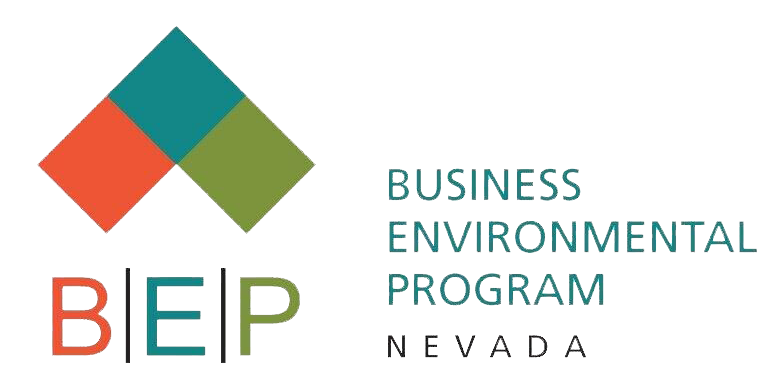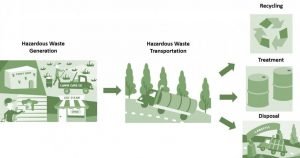EPA Proposes to Reduce TSCA Reporting Burden
WASHINGTON (April 12, 2019) — The U.S. Environmental Protection Agency (EPA) is proposing amendments to the Chemical Data Reporting (CDR) rule to better support Agency data collection efforts, align reporting with the Frank R. Lautenberg Chemical Safety for the 21st Century Act by requiring that confidentiality claims be substantiated, and make chemical reporting easier by streamlining complex submissions. “CDR not only supports the Agency’s TSCA activities, but can be a helpful tool for states, tribes, industry, nongovernmental organizations and all stakeholders,” …










